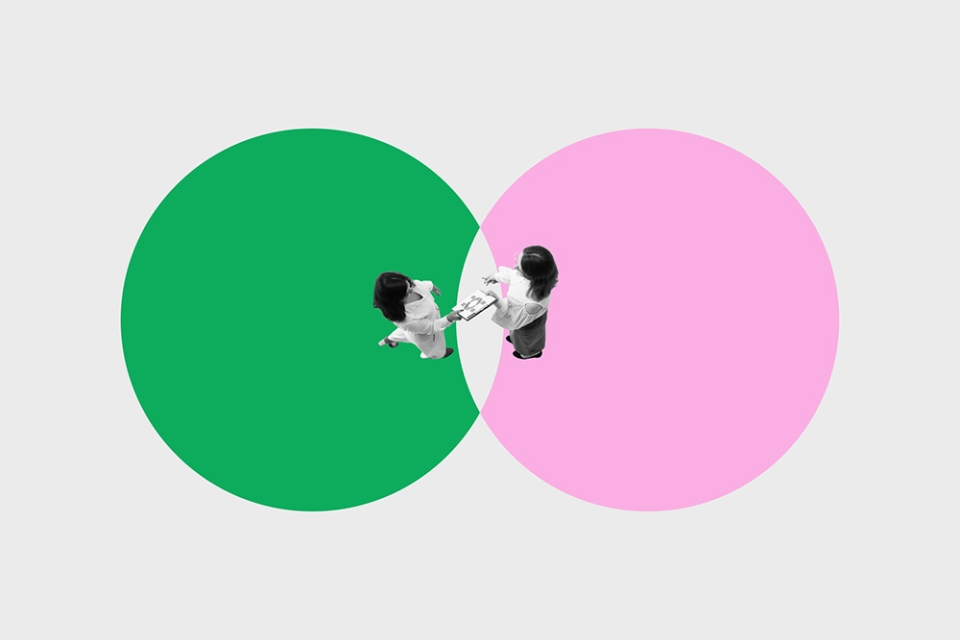When customers are close to making a decision, their attention begins to shift to the consequences and down-stream risks associated with any particular offer. Buyers begin to question the claims that sellers make and may be drawn towards what they consider to be the lowest risk option. This can take the form of a market leader, an incumbent supplier or the cheapest offer – regardless of quality.
In summarySales that, despite progressing smoothly so far, suddenly stall for no apparent reason are classic signs of unresolved concerns. At this phase the key question in the customer’s mind is “What if it goes wrong?”.To get the full picture on the differences between what world-class and typical sellers do at each stage of the customers journey, download the whitepaper below. |
World-class sales organisations will be:
Typical sales organisations will be:
|
Video transcription: The Buying Cycle™ is the distinct psychological phases that a buyer goes through when making a decision in a complex sale. Our research showed us the differences between what typical and world-class organisations do for their customers at each stage.
In the phase we call Resolution of Concerns, the customer is taking the time to think through the change and experiences a natural amount of concern. What this feels like to the seller is that the sales is progressing smoothly and then stalls.
Average sellers tend not only to ignore or minimise the concern but use this stages as the time that they apply pressure on a customer to make a decision.
World-class sellers tend to have already spent time identifying potential concerns earlier in the process. They’ve effectively per-handled them so will support the customer to have resolved their concerns.
Does the sales process stop once the prospect converts into a customer?
We’ll look at the differences between what average and world-class sellers do in the decision stage in the final video in this series.










.webp)